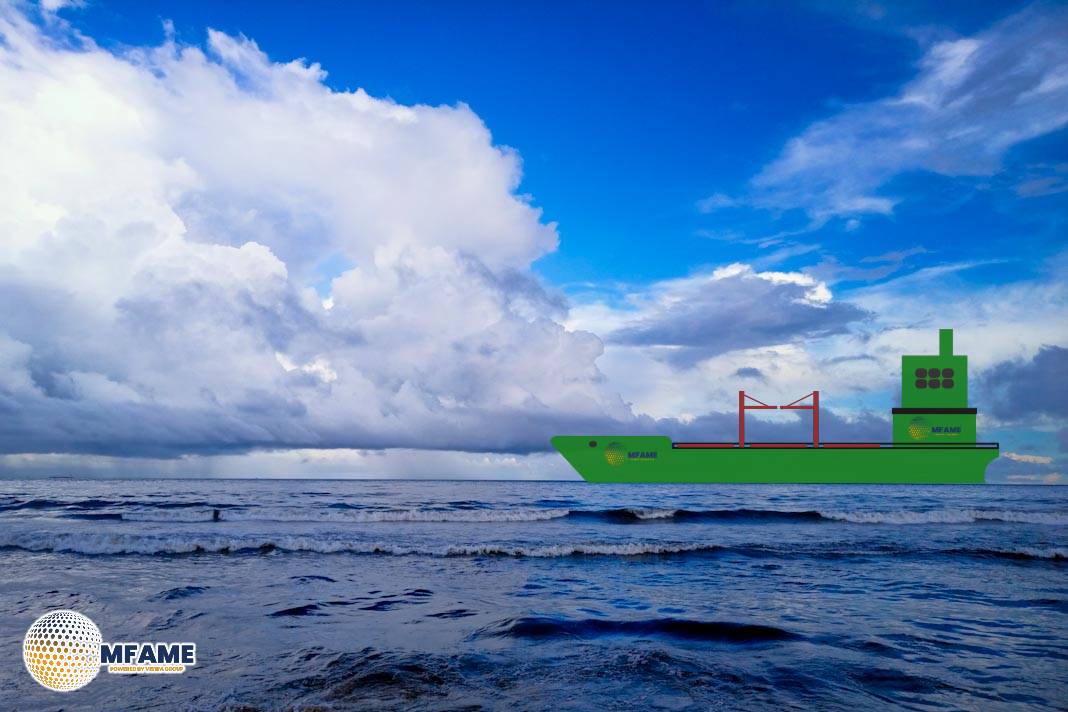An overview of minor bulk exports shows a continued year-over-year increase in total tonnage, with a 7% rise in August. However, future vessel demand is expected to be significantly impacted by new protectionist policies announced by major exporting nations like Guinea and Gabon, and the implementation of new tariffs by the United States.
Bauxite Exports and Supply Changes
Global bauxite exports reached 18.4 million tonnes (mt) in August, representing a 7% increase year-over-year but a 10% month-over-month decrease, which is attributed to the seasonal slowdown of shipping out of West Africa. China remains the dominant destination, receiving 83% of all bauxite exports in August. Chinese aluminum production has remained steady between 3.7 mt and 3.8 mt throughout 2025.
On the supply side, Guinea has seen significant developments:
- A major mining license was revoked due to non-compliance, leading to the creation of a new state-owned entity, Nimba Mining SA, which will take over the operations.
- The concession is estimated to hold about 400 mt of bauxite reserves (approximately 5% of Guinea’s total reserves).
- High utilization rates from this new state-owned entity are anticipated, which would be beneficial for Capesize vessel demand on the West Africa to Far East route, supporting freight prices.
Manganese Ore Exports and Future Vessel Demand
Global manganese ore exports hit 4.2 mt in August, up 20% year-over-year. The continent of Africa accounts for 84% of the commodity’s origin, which is a key raw material for the steel industry.
A major policy change is set to impact shipping demand:
- The government of Gabon (the second-largest exporter) announced a ban on manganese ore exports beginning in 2029.
- This policy aims to increase export value by requiring domestic processing into intermediate products like ferromanganese, which would necessitate significant investment in new processing infrastructure.
- The conversion ratio of 2.2 tonnes of manganese ore to one tonne of ferromanganese means that the policy will eventually require less than half the current annual shipping capacity.
- This will weigh heavily on Supramax prices out of West Africa, as manganese ore currently accounts for just under 30% of Gabon’s contribution to Supramax demand from the region.
- However, vessel demand is expected to remain strong up until 2029 due to the policy’s long timeframe and the strong demand base from China.
Forestry Shipments and US Tariffs
Forestry shipments reached 10.1 mt in August, marking a 4% increase year-over-year, though the Year-to-Date (YTD) value remains flat. China, Japan, and the U.S. collectively account for 68% of imports.
A new policy will dramatically shift trade flows for lumber:
- A 10% tariff on softwood lumber and timber products imported into the U.S. is set to take effect on October 14. Lumber constitutes 37% of all U.S. forestry imports and is crucial for the U.S. construction and logistics sectors.
- Approximately 50% of this lumber originates from Germany, with 96% of German lumber exports and 80% of global lumber exports destined for the U.S.
- The majority of this cargo is transported by Handysize (64%) and Handymax (21%) vessels.
- These European exports will need to be redirected to new markets. A recent surge in freight rates on the HS2 (Handysize) shipping route suggests that shippers were racing to land shipments before the tariffs come into full effect.
Did you subscribe to our daily Newsletter?
It’s Free Click here to Subscribe!
Source: Breakwave Advisors


















